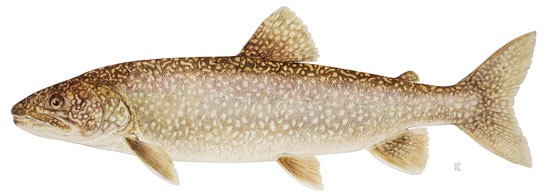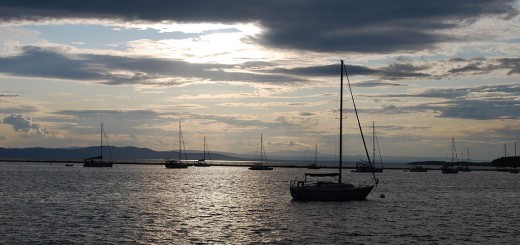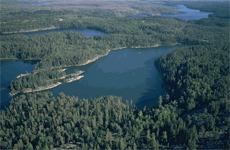Ocean current models help track Lake Michigan beach bacteria
0
The U.S. Geological Survey and Michigan State University are using ocean current models to predict and identify transport patterns of fecal bacteria around beaches in southern Lake Michigan.
The project’s lead researcher, Zhongfu Ge, said that ocean current models developed by the National Oceanic and Atmospheric Administration can and have been applied to the lake in order to study how contaminants and indicator bacteria travel.
The NOAA models, he said, have already been adapted for the Great Lakes and are used to monitor “lake-scale” current movements.
“Similar models can be applied to smaller beach waters,” Ge said. “All it takes is information from the lake-scale model and a finer grid zooming onto your beach.”
Ge, a research scientist at the Department of Civil and Environmental Engineering at Michigan State University, co-developed Virtual Beach, a software program now being beta tested by several government and academic organizations. Ge also works for the USGS Lake Michigan Ecological Research Station.
He noted that Virtual Beach can easily be adapted to different coastal areas. To do so, the modeler must only import bathymetric data and details of beach’s contours. The latter can be accomplished with GIS data, regional databases, or even nautical charts.
Environmental Protection Online explains a recent application of the beach modeling system used at the Chicago 63rd Street Beach:
Based on a survey of fecal indicator bacteria, Escherichia coli, at 23 beaches along the 37-km lakefront of Chicago in the summer from 2000 to 2005, the 63rd Street Beach had the highest E. coli counts, indicating heavy microbial contamination.
The reason for the high bacteria concentration in the beach water was not clear until [Ge’s] team conducted a study using numerical (computer-aided) models to trace the E. coli movement, their settling to the lake bottom and their background mortality. The numerical results can show the change of the spatial distribution of E. coli with time around the beach. Ge’s major conclusion is that the long breakwaters that are the northern and southern bounds of the embayed beach tend to keep contaminants in the embayment as they are designed to keep beach sands in. More specifically, “the breakwaters do break long shore currents, which makes the current circulation in the embayment extremely slow. Such a current cannot release bacteria out of the embayment. Fecal bacteria just sink and settle. Next morning when wind picks up and waves are high, they are resuspended,” Ge said. The transport of sand and bacteria in the beach water are actually the same, only except that bacteria die (or become “nonculturable”) with time and by exposure to environmental stresses. The embayment design apparently poses a threat to human health if the beach is used for recreational purposes.
This application is expounded upon in an article published in Environmental Science & Technology, authored by Ge, W.E.Frick, and R.G. Zepp and titled “Nowcasting and forecasting concentrations of biological contaminants at beaches: A feasibility and case study.”
Numerical Ocean Models Help Find Causes of Dirty Beaches [Environmental Protection Online] Image Credit: http://www.flickr.com/photos/igboo/3844577062/in/photostream/













